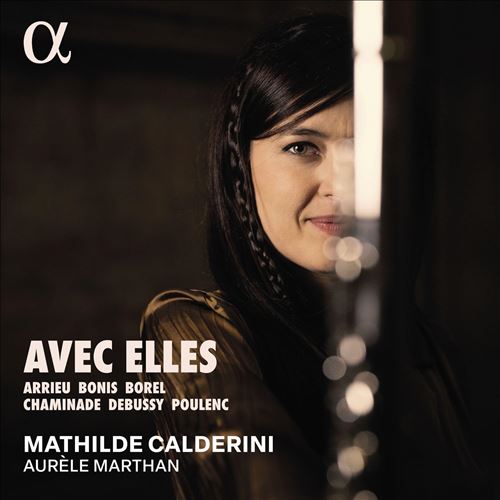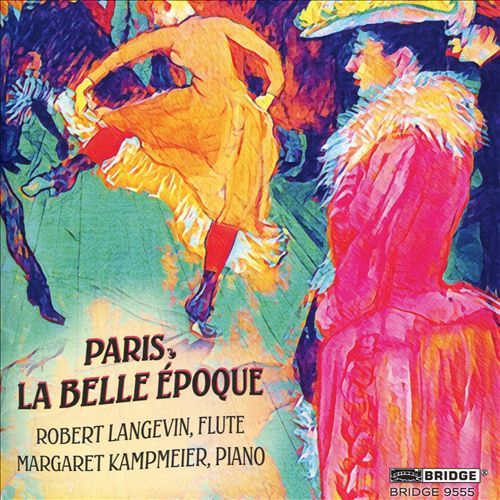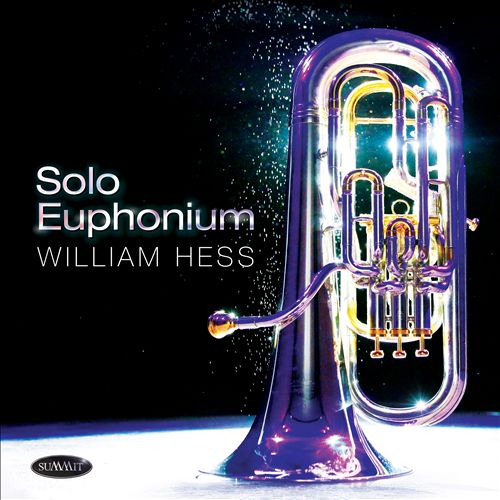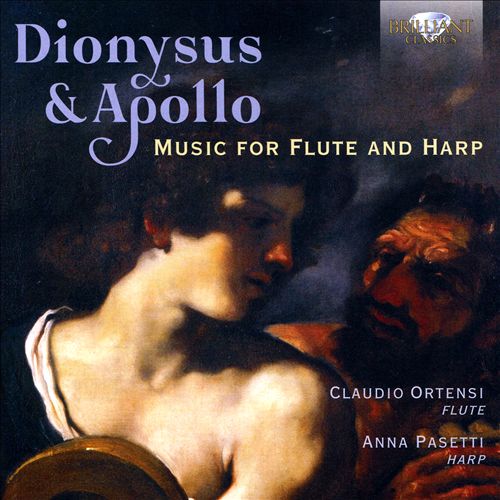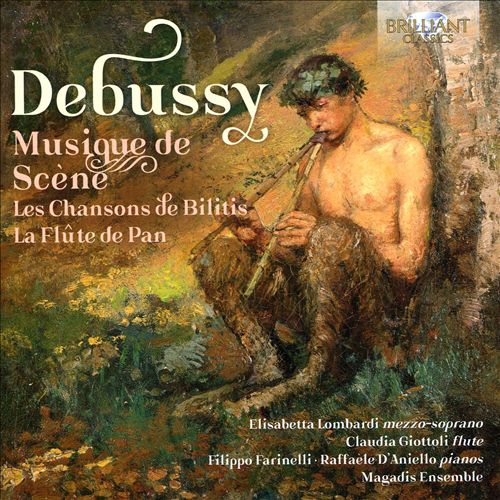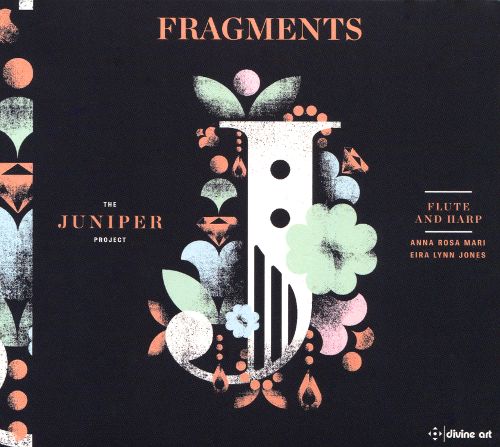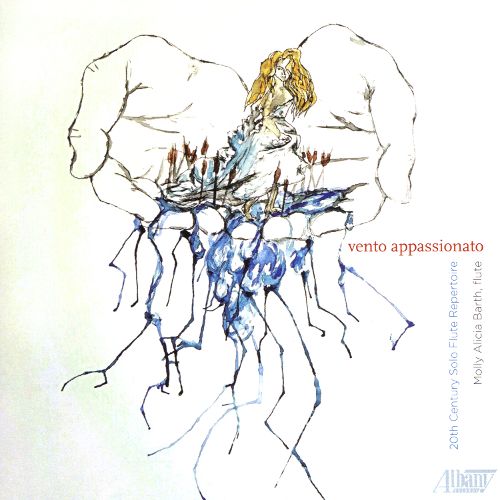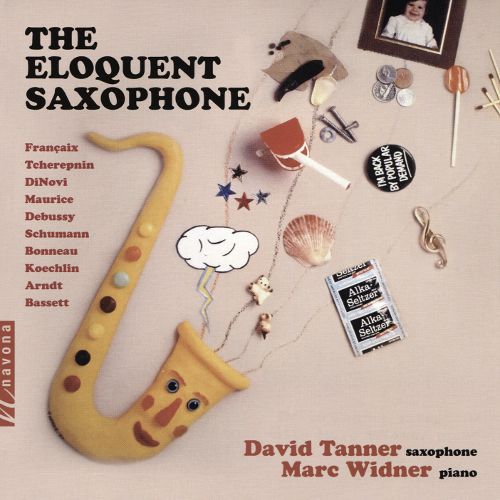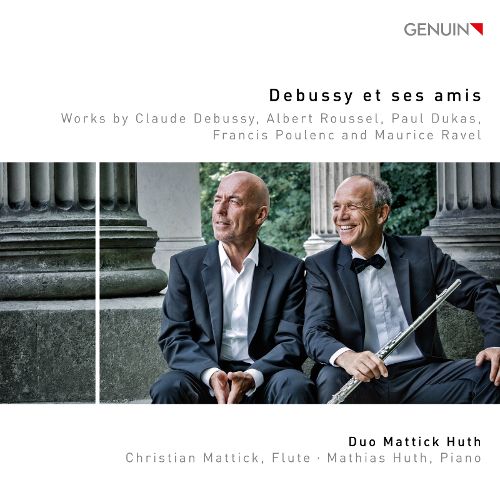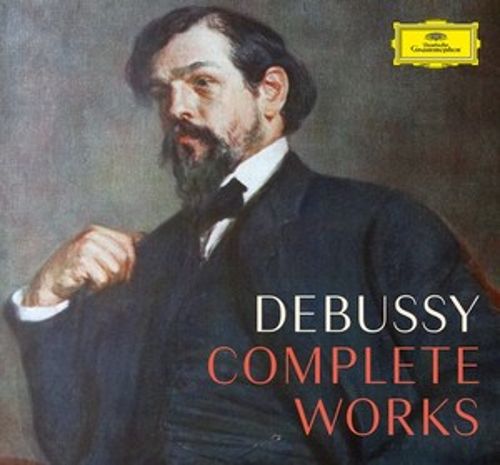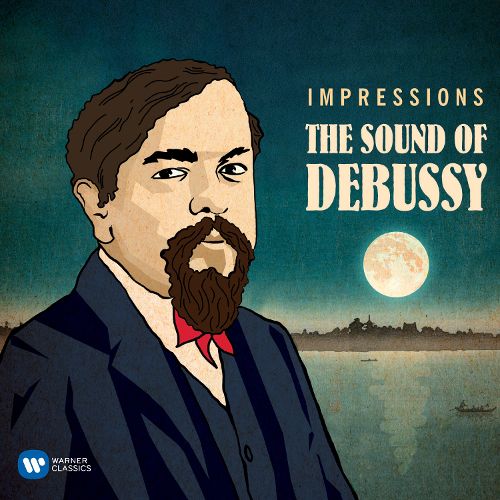Claude Debussy (클로드 드뷔시)
Syrinx, L. 129
100
10,000
1,400
WORK INFO
Syrinx, L. 129, is a piece of music for solo flute which Claude Debussy wrote in 1913. It generally takes three minutes or less to perform. It was the first significant piece for solo flute after the Sonata in A minor composed by C. P. E. Bach 150 years before (1763), and it is the first such solo composition for the modern Böhm flute, perfected in 1847. Syrinx is commonly considered to be an indispensable part of any flautist's repertoire. Many musical historians believe that "Syrinx", which gives the performer generous room for interpretation and emotion, played a pivotal role in the development of solo flute music in the early twentieth century. Some say Syrinx was originally written by Debussy without barlines or breath marks. The flautist Marcel Moyse may have later added these, and most publishers publish Moyse's edition. The piece is commonly performed off stage, as it is thought when Debussy dedicated the piece to the flautist Louis Fleury, it was for him to play during the interval of one of Debussy's ballets. Syrinx was written as incidental music to the uncompleted play Psyché by Gabriel Mourey, and was originally called "Flûte de Pan". Since one of Debussy's Chansons de Bilitis had already been given that title, however, it was given its final name in reference to the myth of the amorous pursuit of the nymph Syrinx by the god Pan, in which Pan falls in love with Syrinx, however, as Syrinx does not return the love to Pan, she turns herself into a water reed and hides in the marshes. Pan cuts the reeds to make his pipes, in turn killing his love. Syrinx has also been transposed and performed on the saxophone and other instruments. It quickly became a piece of standard literature for the saxophone, and has been recorded on both the alto and soprano saxophones.Notes
- ^ "Parallel paths: historical-documentary and analytical contributions as a basis for the performance of Debussy’s Syrinx".
From WIKIPEDIA
RELEASED ALBUMS
-
Avec EllesJuly 19, 2024
-
ÉventailOctober 13, 2023
-
TwoFoldSeptember 15, 2023
-
OriginsOctober 28, 2022
-
Cello on FireJune 10, 2022
-
Apr챔s Tristan: Richard Wagner, Claude Debussy, Othman LouatiSeptember 24, 2021
-
Flute TalesSeptember 3, 2021
-
Paris, La Belle ÉpoqueJuly 9, 2021
-
Belle Epoque: French Music for WindApril 2, 2021
-
Solo EuphoniumFebruary 5, 2021
-
Pan + Apoll: Water Music for flute and harpOctober 23, 2020
-
Humanity is an Ocean: Flute SoundscapesOctober 2, 2020
-
Les Musiques de Picasso [Harmonia Mundi]September 25, 2020
-
Dionysus & Apollo: Music for Flute and HarpAugust 28, 2020
-
Soir PaïenMarch 27, 2020
-
The Mythic FluteOctober 18, 2019
-
ReturnAugust 2, 2019
-
Debussy: Musique de Scène - Les Chansons de Bilitis, La Flûte de PanMarch 15, 2019
-
FragmentsSeptember 21, 2018
-
Vento AppassionatoJune 18, 2018
-
Claude Debussy: Ouïre la LumièreJune 8, 2018
-
111 Debussy MasterpiecesMay 11, 2018
-
The Eloquent SaxophoneMay 11, 2018
-
I Like the Flute! Menuetto Kids: Classical Music for ChildrenMay 11, 2018
-
Debussy: 100 MasterpiecesMarch 9, 2018
-
Debussy et ses amisMarch 2, 2018
-
Debussy: Complete WorksFebruary 16, 2018
-
Debussy: Complete Chamber MusicFebruary 16, 2018
-
Impressions: The Sound of DebussyJanuary 5, 2018
-
Debussy: The Complete Chamber MusicJanuary 5, 2018
FEATURED MOVIES
-
 02:25드뷔시: 시링크스 L. 129March 31, 2012Senior Recital of Caitlin Sbiroli
02:25드뷔시: 시링크스 L. 129March 31, 2012Senior Recital of Caitlin Sbiroli -
 03:42드뷔시: 시링크스 L. 129
03:42드뷔시: 시링크스 L. 129 -
 03:53드뷔시: 시링크스 L. 129
03:53드뷔시: 시링크스 L. 129 -
 04:04드뷔시: 시링크스 L. 129Berliner Philharmonie
04:04드뷔시: 시링크스 L. 129Berliner Philharmonie -
 02:33드뷔시: 시링크스 L. 129
02:33드뷔시: 시링크스 L. 129 -
 02:57드뷔시: 시링크스 L. 129
02:57드뷔시: 시링크스 L. 129 -
 02:10드뷔시: 시링크스 L. 129
02:10드뷔시: 시링크스 L. 129 -
 03:42드뷔시: 시링크스 L. 1292009Wigmore Hall, London, UK
03:42드뷔시: 시링크스 L. 1292009Wigmore Hall, London, UK -
 02:52드뷔시: 시링크스 L. 129
02:52드뷔시: 시링크스 L. 129 -
 02:53드뷔시: 시링크스 L. 1291986Festival Casals, San Juan, Puerto Rico
02:53드뷔시: 시링크스 L. 1291986Festival Casals, San Juan, Puerto Rico -
 02:48드뷔시: 시링크스 L. 129
02:48드뷔시: 시링크스 L. 129 -
 07:54드뷔시: 시링크스 L. 1292012Festival Pablo Casal PRADES
07:54드뷔시: 시링크스 L. 1292012Festival Pablo Casal PRADES -
 05:32드뷔시: 시링크스 L. 129December 14, 2011Cine-Teatro York
05:32드뷔시: 시링크스 L. 129December 14, 2011Cine-Teatro York -
 02:24드뷔시: 시링크스 L. 1292014Music Academy of Janacek, Brno, Czech Republic
02:24드뷔시: 시링크스 L. 1292014Music Academy of Janacek, Brno, Czech Republic -
 03:07드뷔시: 시링크스 L. 129May 31, 2012
03:07드뷔시: 시링크스 L. 129May 31, 2012
WORKS SHOUTS


